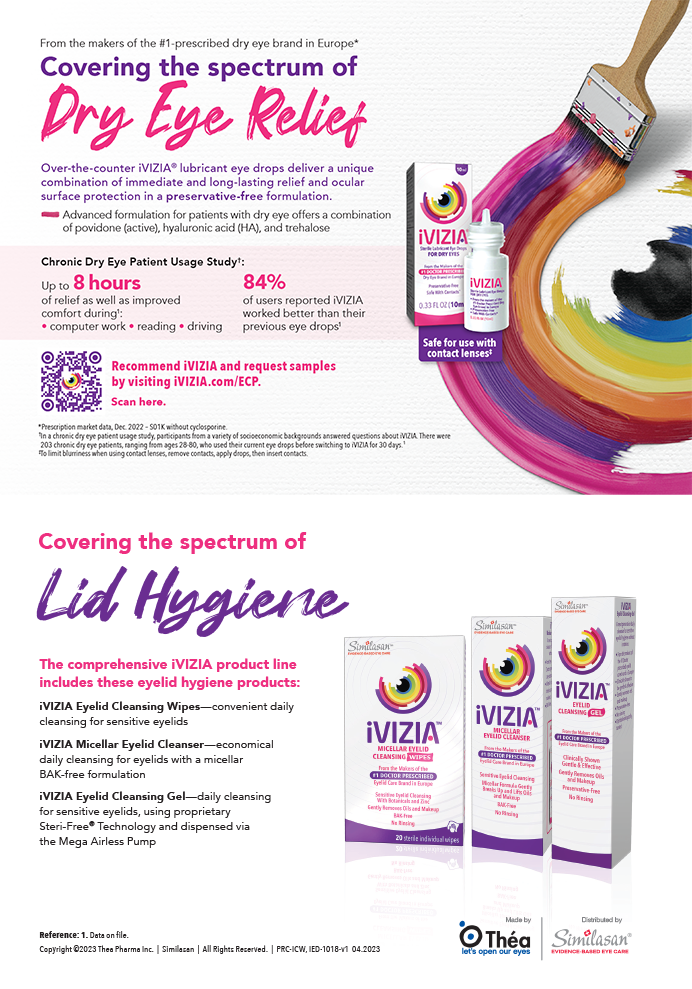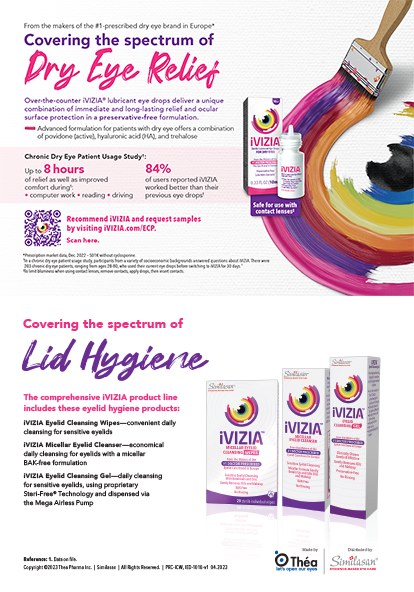A number of situations require the management of a small pupil. Although modern cataract techniques, especially chopping techniques, allow surgeons to consider removing a cataract without enlarging the pupil, the complication rate is higher when the pupil remains small, and completing the cortical cleanup may be problematic. The result can be increased inflammation, Soemmering rings, and possibly capsular phimosis.
Small pupils are found among the elderly. They also occur in patients with pseudoexfoliation (PXF) syndrome, uveitis, narrow-angle glaucoma, and diabetes. Moreover, small pupils are quite common in patients who are taking α-1 inhibitors and/or nutritional supplements that contain saw palmetto to treat an enlarged prostate, and these therapies can induce intraoperative floppy iris syndrome (IFIS).
How should cataract surgeons proceed when the pupil is small?
THE CAUSE MATTERS
The surgical approach varies with the cause of the small pupil and the presence of comorbities (eg, glaucoma). Patients with chronic uveitis, for example, often have posterior synechiae that must be broken mechanically (a cyclodialysis spatula or other blunt instrument will suffice). Afterward, the pupil still may not dilate well.
In addition to small pupils, the eyes of patients with PXF often exhibit brittle capsules and zonular weakness (Figure). In these cases, the size of the pupil is frequently associated with the zonular problems. It is important to enlarge the pupil enough to permit the creation of an appropriately sized (5.5 mm) capsulorhexis so that the surgeon can use devices to stabilize the capsule if necessary (eg, Malyugin Ring [MicroSurgical Technology] and Mackool Cataract System [Crestpoint Management Ltd.]). The goal is to decrease the risk of capsular phimosis, which may be a factor in late, spontaneous subluxation of the IOL-capsular bag complex.
IFIS presents its own surgical challenges (see the article on page 41 by Samuel Masket, MD).
SURGICAL PLANNING
As always, the surgical plan should include backup strategies for the different etiologies. The tools for managing small pupils include preservative-free intracameral solutions such as epi-Shugarcaine (3 mL preservative-free lidocaine 4%, 4 mL preservative- and bisulfite-free 1:1,000 epinephrine, and 9 mL BSS Plus [Alcon Laboratories, Inc.]), ophthalmic viscosurgical devices (OVDs), iris hooks, and iris rings.
The intracameral injections by themselves will often open the pupil enough for cataract surgery to proceed. When the injections are used in conjunction with OVDs, the surgeon can manage most cases of IFIS. It is essential to understand the various properties of the different viscoelastics (cohesive vs dispersive vs adaptive). In my experience, Healon5 (Abbott Medical Optics Inc.) and Discovisc (Alcon Laboratories, Inc.) are especially useful for small pupils.
In eyes with IFIS, the main problems occur with high aspiration flow rates and with high inflow. When the pupil’s size is maintained, the OVDs remain in the eye with a low bottle height and aspiration flow rates of 25 mL/min or less. Both viscoelastics will maintain the pupillary diameter. If they do not or if the iris is extremely flaccid, however, then I prefer to place a Malyugin Ring, which gives eight points of contact compared with the four or five from iris hooks and which decreases the risk of iris bombé and iris incarceration into wounds.
CONCLUSION
The disadvantages of a small pupil include a greater risk of complications; retained cortex, which can lead to inflammation and create a nidus for infection; and capsular phimosis. With that in mind, I have changed my approach to small pupils. I am likely to use iris hooks or, most often, the Malyugin Ring to open the pupil to decrease the risk. I feel the additional cost of the devices is warranted by the improved outcomes.
Alan S. Crandall, MD, is the John A. Moran presidential professor, the senior vice chair of ophthalmology and visual sciences, the director of glaucoma and cataract, and the codirector of the International Division for the John A. Moran Eye Center at the University of Utah in Salt Lake City. He is a consultant to Alcon Laboratories, Inc. Dr. Crandall may be reached at (801) 585-3071; alan.crandall@hsc.utah.edu.


